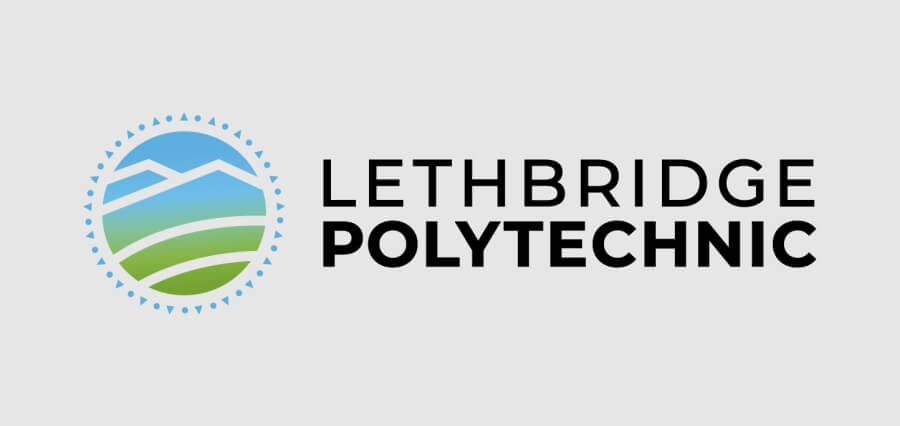In today’s rapidly evolving higher education landscape, universities and colleges are constantly seeking innovative ways to enhance service and efficiency. One effective approach that has gained significant attention is the implementation of Administrative Partnership Models (APMs). This article will explore the concept of APMs and how they can contribute to the improvement of administrative functions within higher education institutions.
Understanding Administrative Partnership Models (APMs)
APMs are collaborative arrangements that bring together multiple administrative units within a higher education institution. These partnerships aim to streamline processes, optimize resources, and improve service quality. By breaking down silos and creating a unified administrative structure, APMs enhance efficiency and effectiveness.
Benefits of APMs in Higher Education
APMs offer several benefits for higher education institutions:
- Enhanced Service Delivery: APMs enable a more holistic and coordinated approach to administrative services, resulting in improved service quality for students, faculty, and staff.
- Optimized Resource Allocation: By pooling resources and eliminating duplication, APMs allow for better allocation of funds, personnel, and technology, leading to cost savings and improved resource utilization.
- Streamlined Processes: APMs promote standardization and process optimization across administrative units, reducing bureaucracy, minimizing paperwork, and increasing operational efficiency.
- Increased Collaboration: APMs foster a culture of collaboration and teamwork among administrative units, facilitating knowledge sharing, innovation, and cross-functional problem-solving.
- Improved Decision-Making: With shared responsibilities and access to comprehensive data, APMs enable data-informed decision-making, ensuring that administrative strategies align with institutional goals.
Implementing APMs: Best Practices
To successfully implement APMs in higher education, institutions should consider the following best practices:
- Clear Vision and Leadership: Establish a clear vision for the APM initiative and secure strong leadership commitment to drive the partnership forward.
- Comprehensive Stakeholder Engagement: Involve key stakeholders, including administrators, faculty, staff, and students, in the planning, implementation, and evaluation stages of the APM initiative.
- Robust Communication and Transparency: Ensure effective communication channels and transparency throughout the APM implementation process to build trust and facilitate collaboration.
- Data-Driven Decision-Making: Leverage data analytics to identify areas for improvement, track performance metrics, and inform decision-making within the APM framework.
- Flexibility and Adaptability: Recognize that APMs may require adjustments over time. Remain flexible and adaptive to evolving needs and challenges to sustain the partnership’s success.
Challenges and Considerations
While APMs offer numerous benefits, institutions must navigate certain challenges:
- Cultural Resistance: Overcoming resistance to change and fostering a collaborative culture across administrative units can be a significant challenge.
- Structural Complexity: Implementing APM requires careful consideration of organizational structures, reporting lines, and governance frameworks to ensure effective coordination.
- Resource Allocation: Allocating resources equitably and managing financial implications can be complex, requiring transparent processes and stakeholder buy-in.
Additional Considerations for APM Implementation
In addition to the best practices mentioned earlier, there are a few more considerations to keep in mind when implementing Administrative Partnership Models (APMs) in higher education:
- Change Management: Recognize that implementing APMs involves significant change within the institution. Develop a change management strategy that includes clear communication plans, training programs, and support for staff members during the transition.
- Shared Governance: Establish a governance structure that ensures representation and collaboration from all participating administrative units. This structure should provide decision-making authority, accountability, and mechanisms for resolving conflicts.
- Evaluation and Continuous Improvement: Implement a robust evaluation framework to assess the effectiveness of the APMs and identify areas for improvement. Regularly review and refine the partnership model based on feedback and changing institutional needs.
- Legal and Regulatory Compliance: Ensure that the APMs comply with relevant legal and regulatory requirements, including data privacy, security, and financial regulations. Consult legal experts to ensure the partnership model aligns with institutional policies and guidelines.
- Scaling and Expansion: Consider the scalability of APMs to accommodate future growth and expansion. Develop a roadmap that outlines how the partnership model can be adapted and extended to include additional administrative units or functions over time.
By taking these additional considerations into account, institutions can set themselves up for success in implementing APMs and maximizing the benefits they offer.
Future Outlook and Potential Growth of APMs
As higher education institutions continue to face pressures to increase efficiency and enhance service quality, APMs are likely to gain further prominence. The evolving landscape of digital technologies, data analytics, and shared services provides opportunities for institutions to leverage APMs for administrative optimization and innovation.
Administrative Partnership Models (APMs) have emerged as a strategic approach to enhance service and efficiency within higher education institutions. By fostering collaboration, streamlining processes, and optimizing resources, APMs contribute to improved service delivery and administrative effectiveness. However, implementing APMs requires careful planning, stakeholder engagement, and adaptability to address challenges and maximize the benefits of these partnership models.
Read more : theeducationview.com






